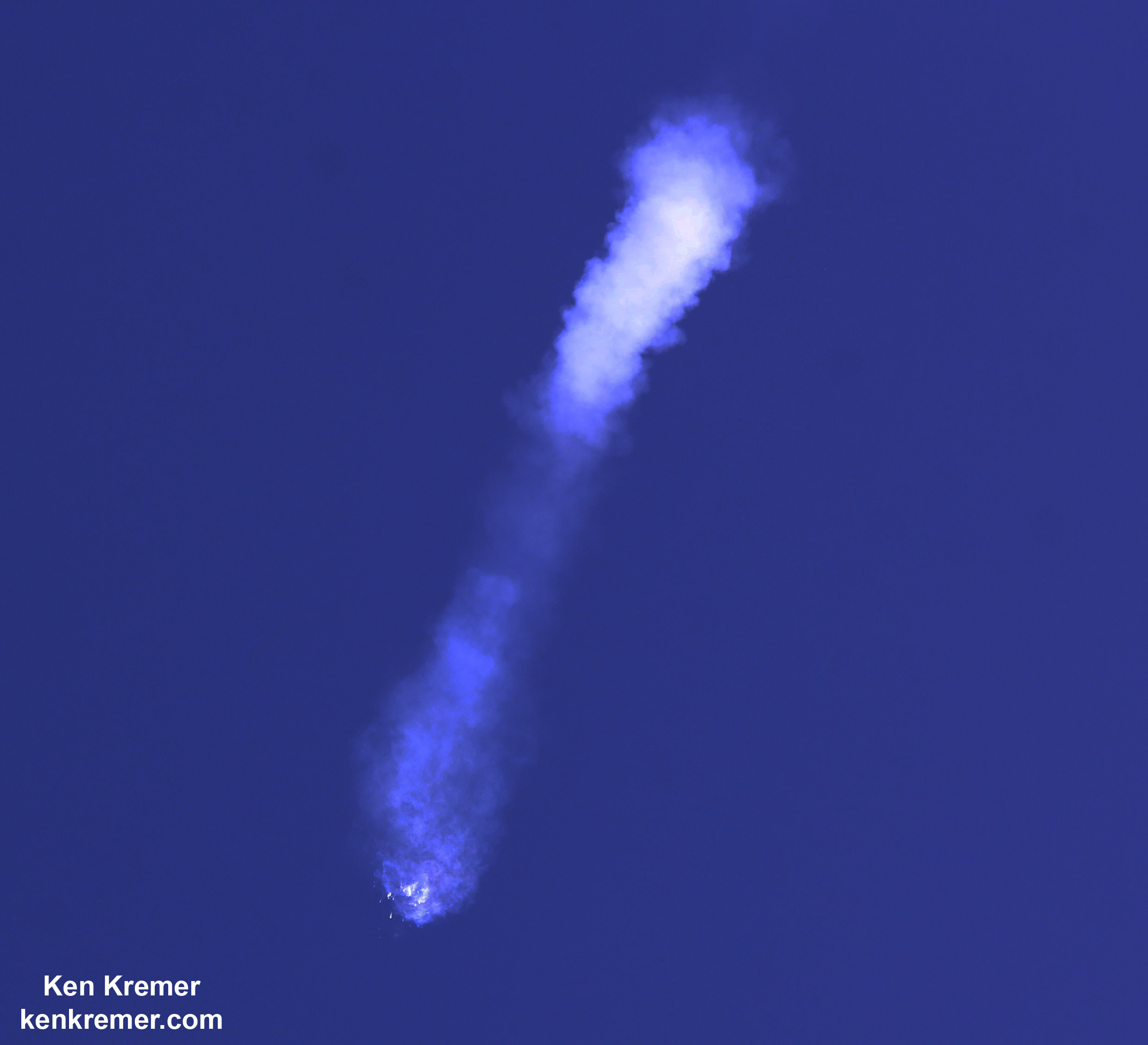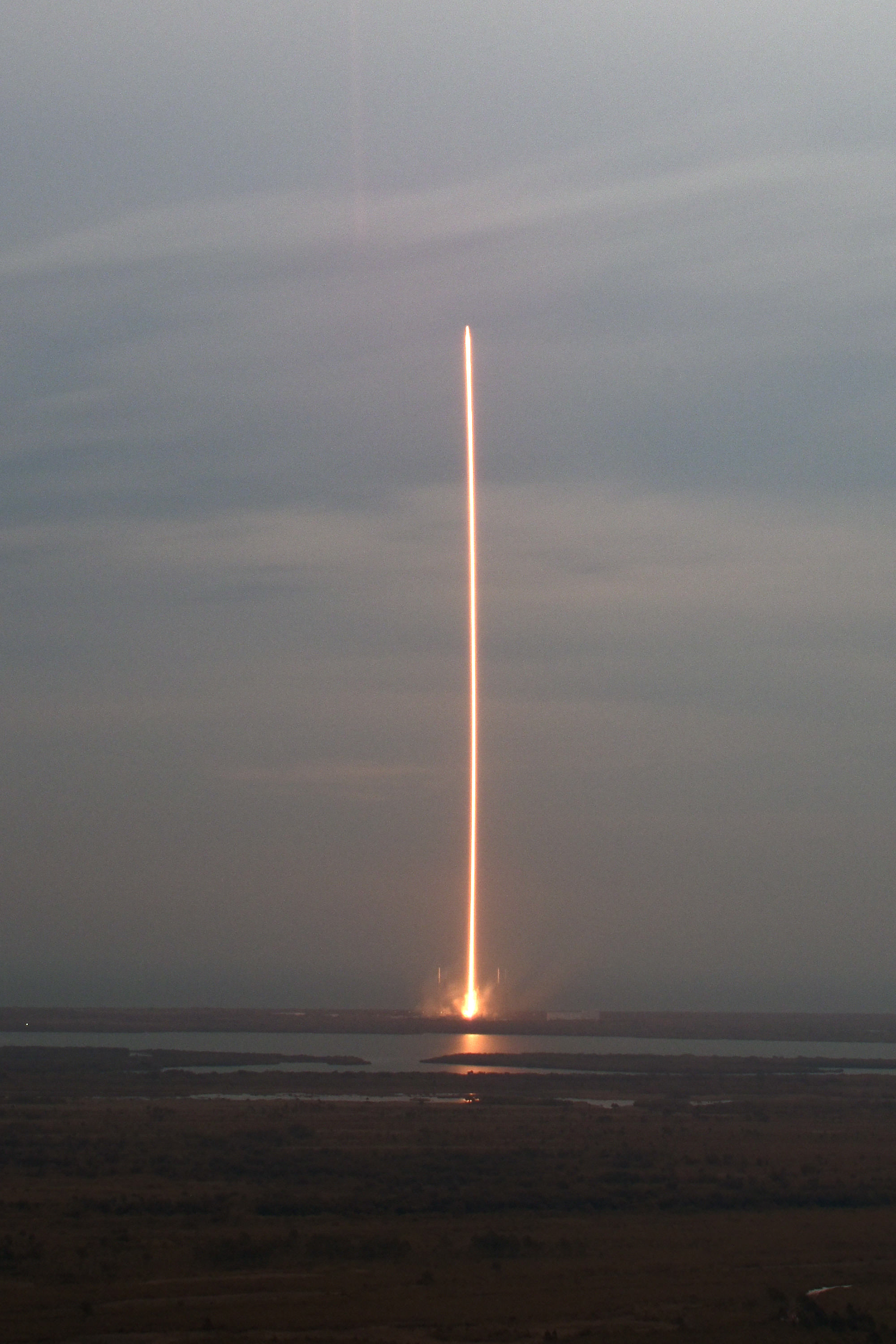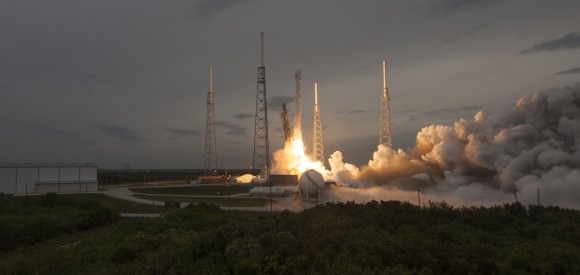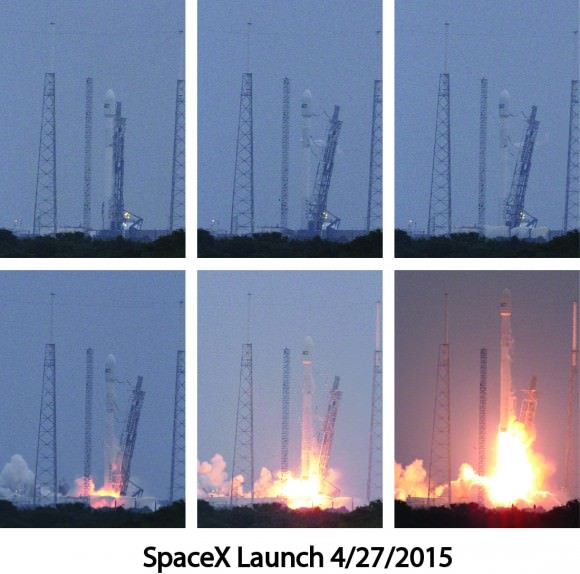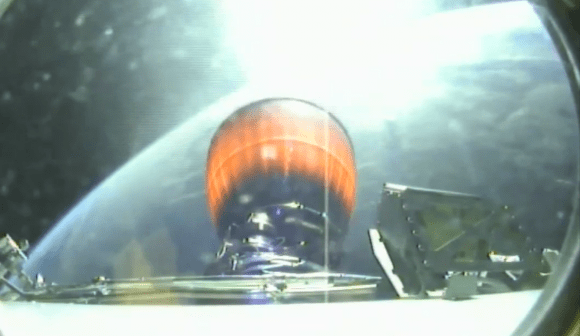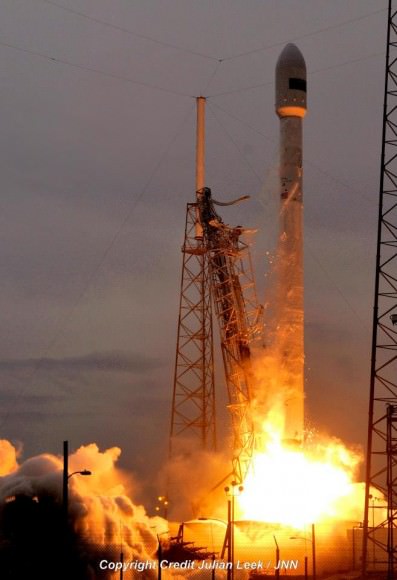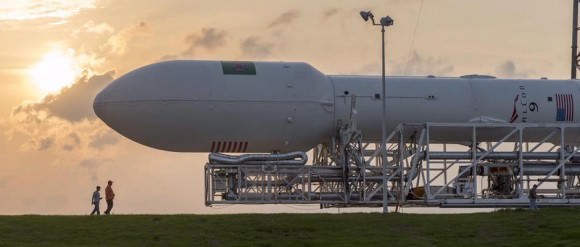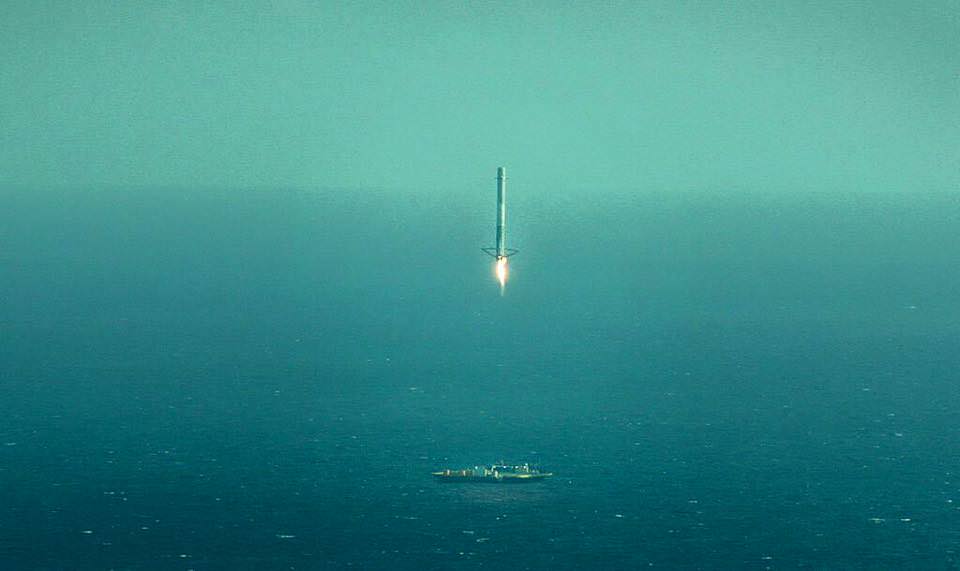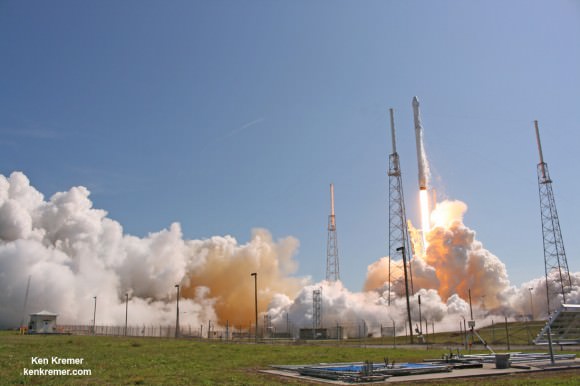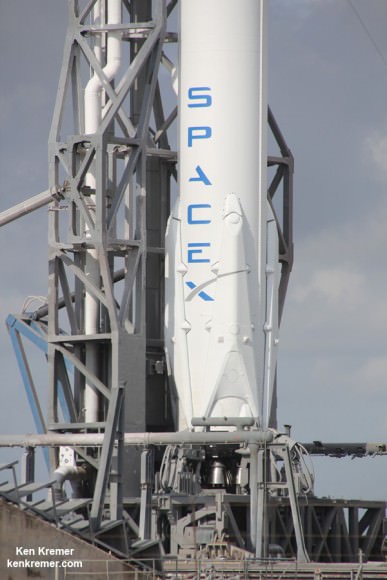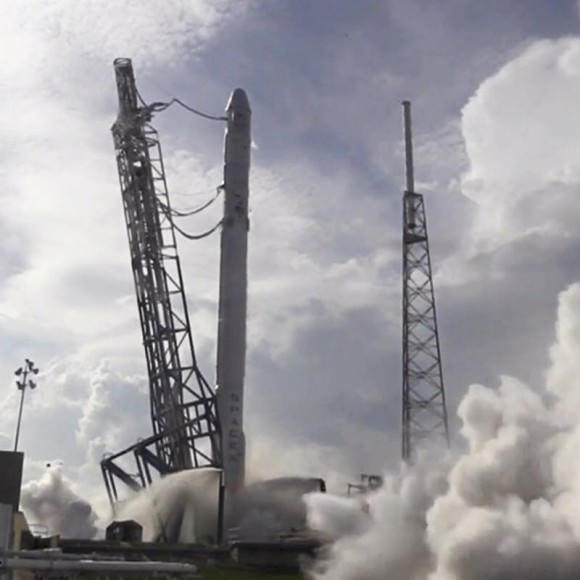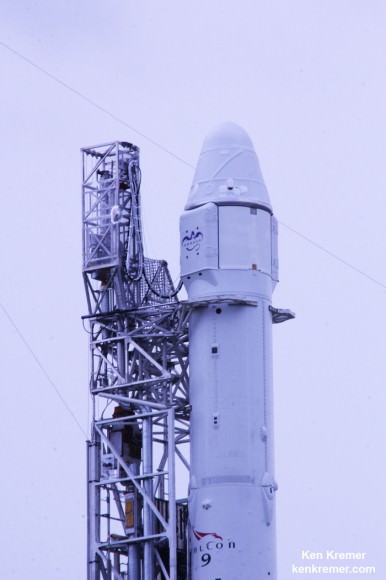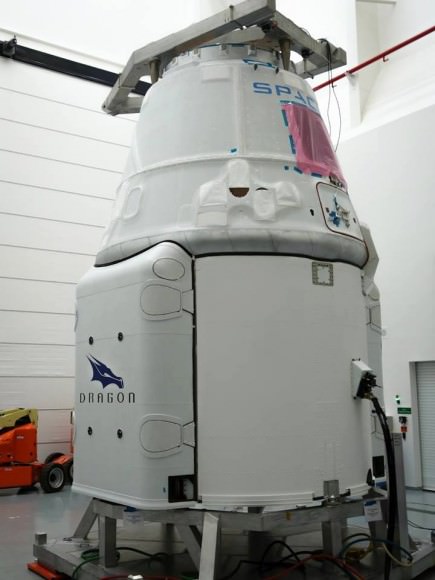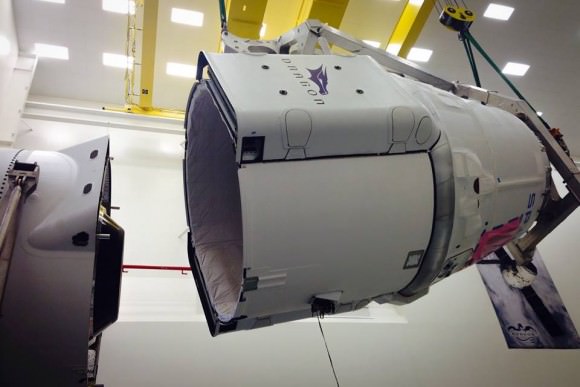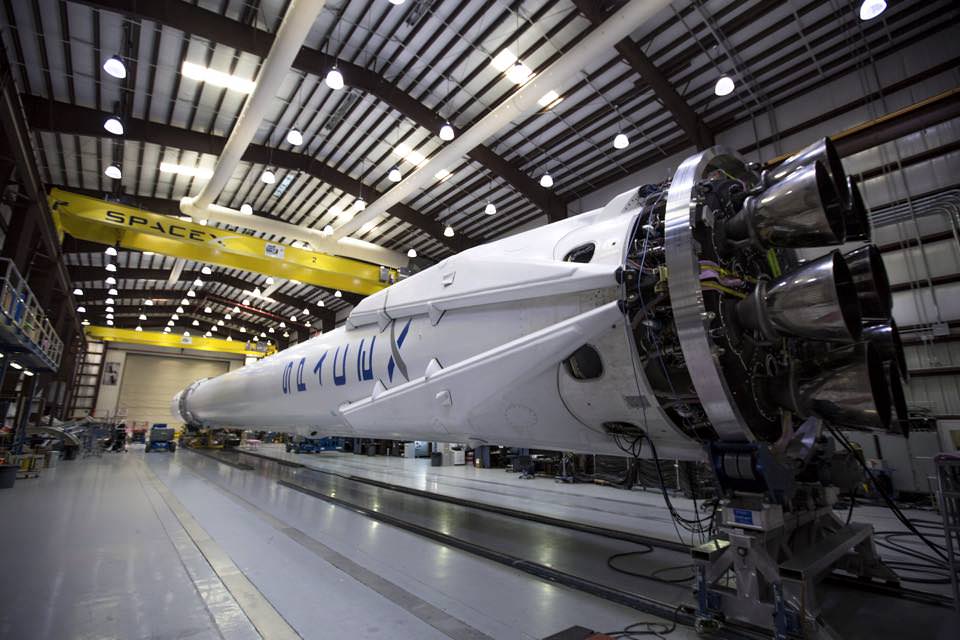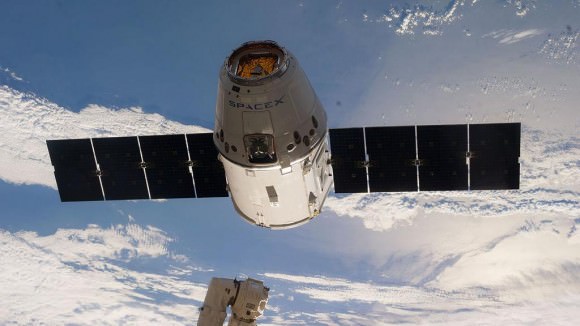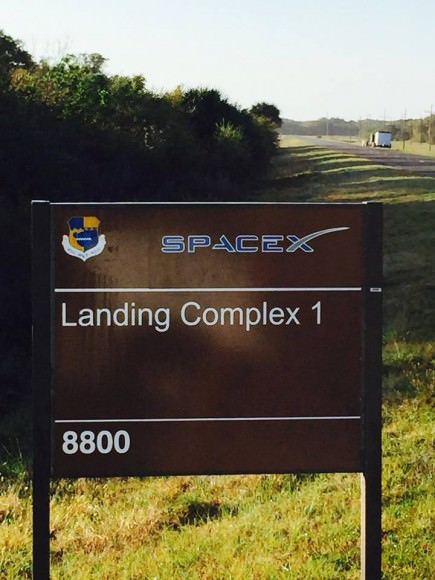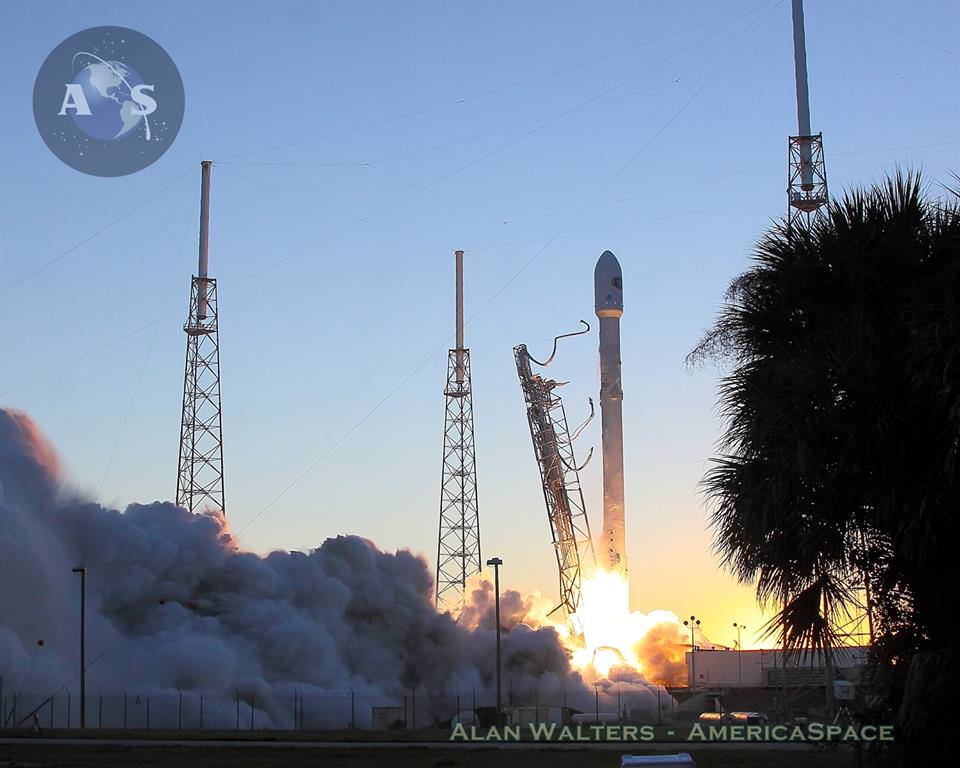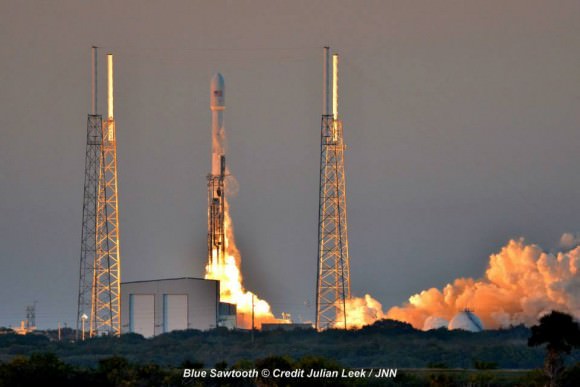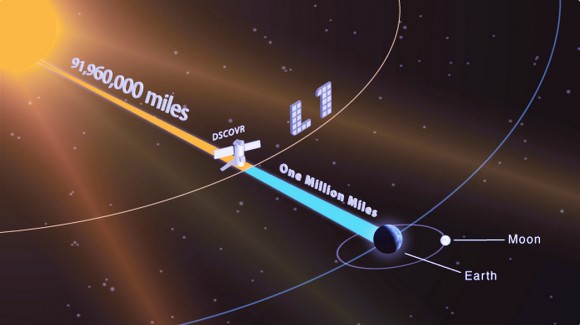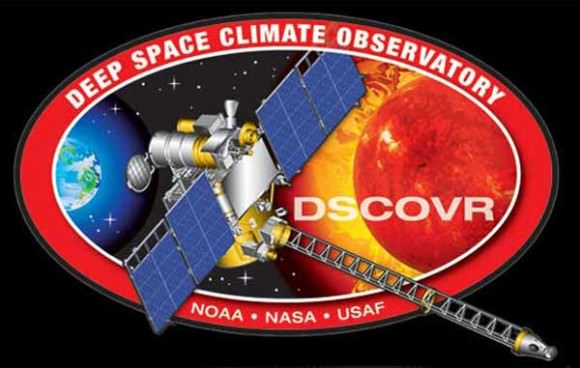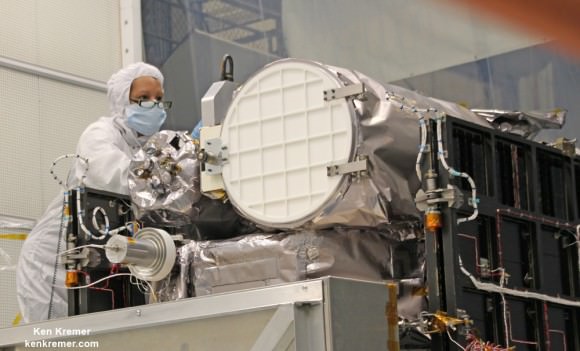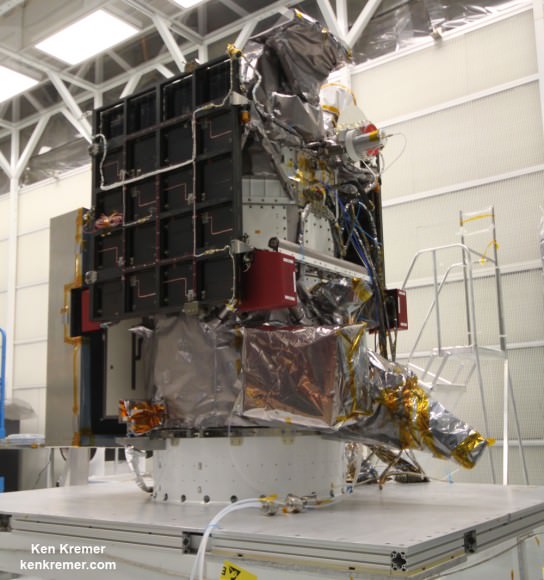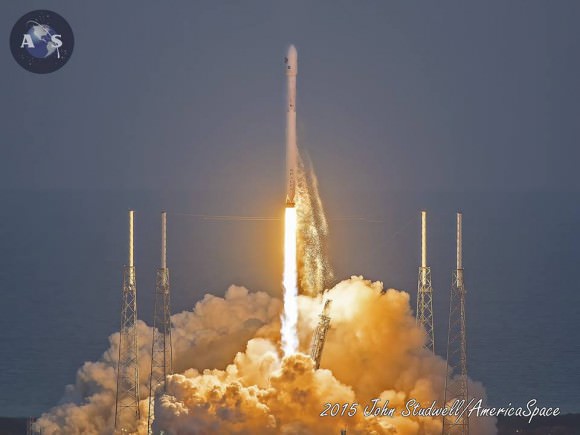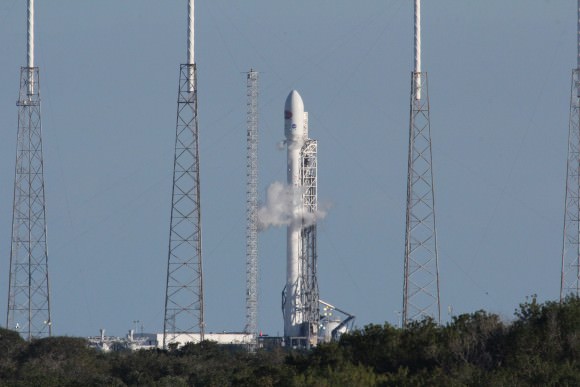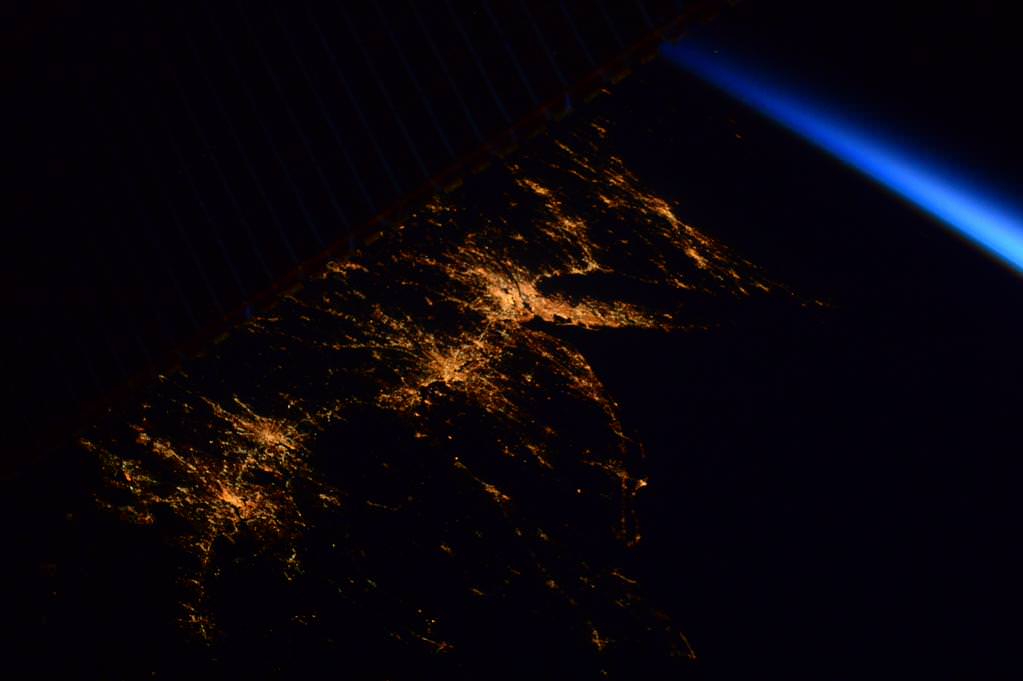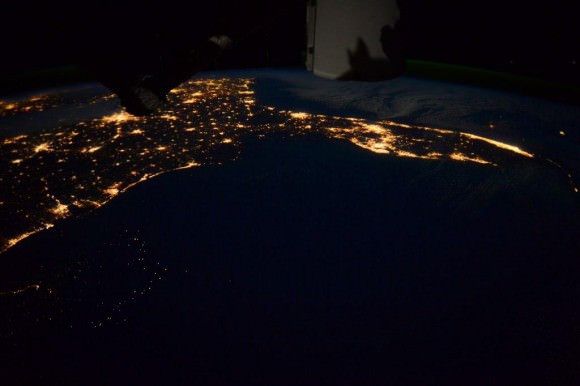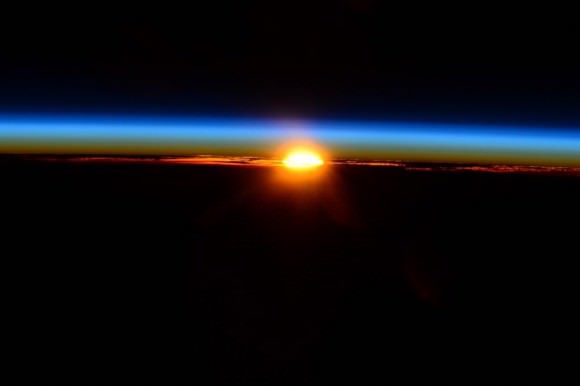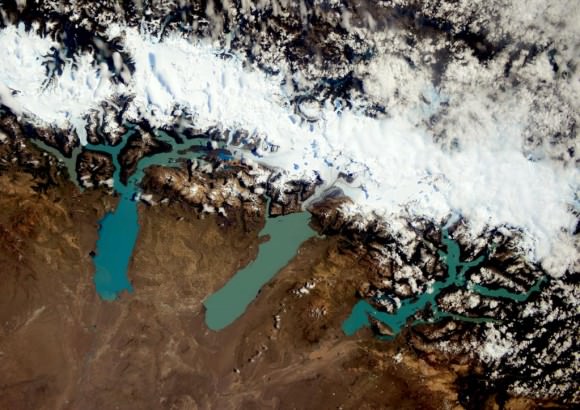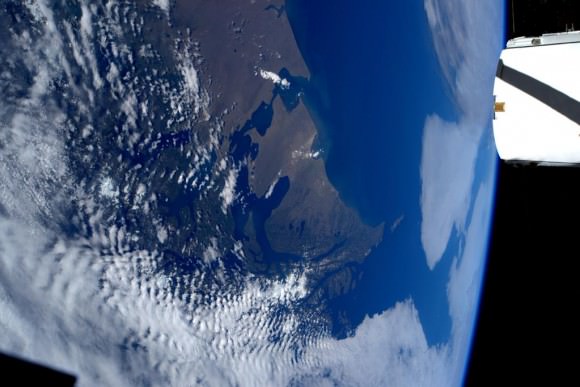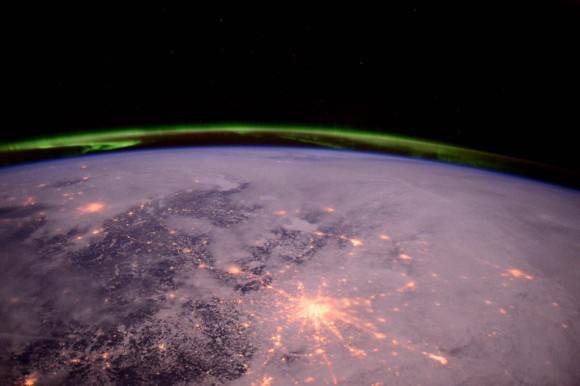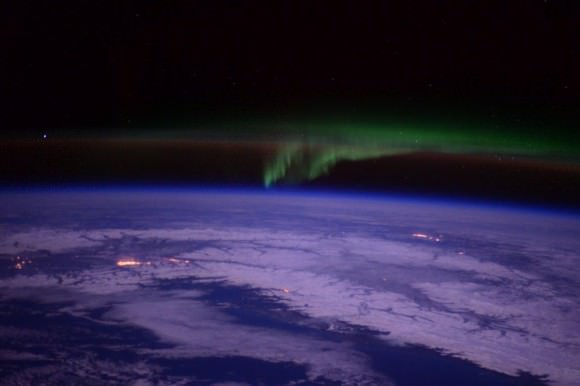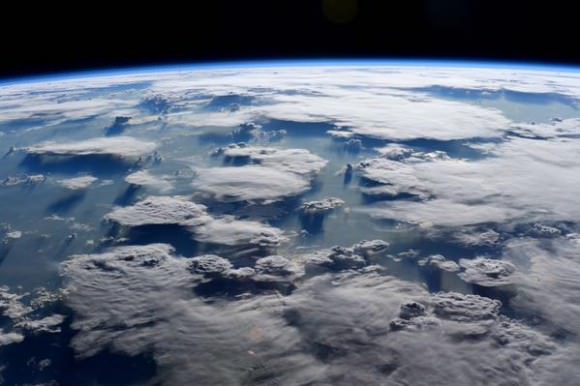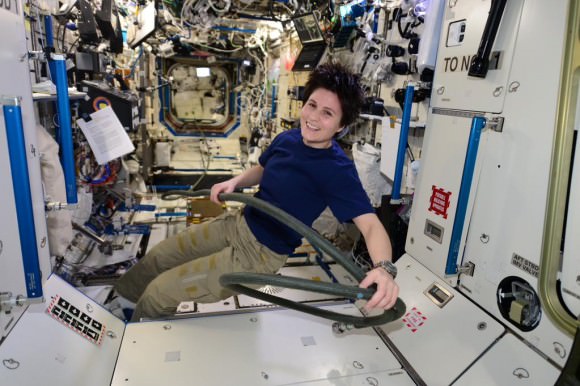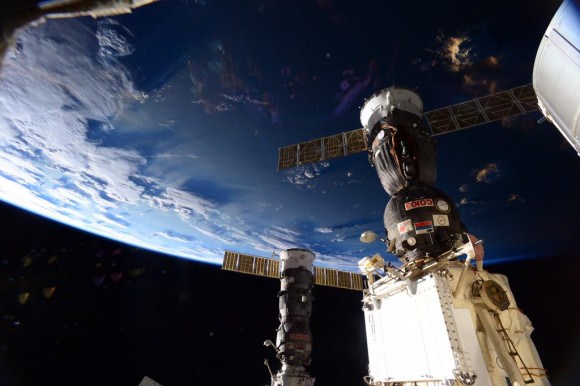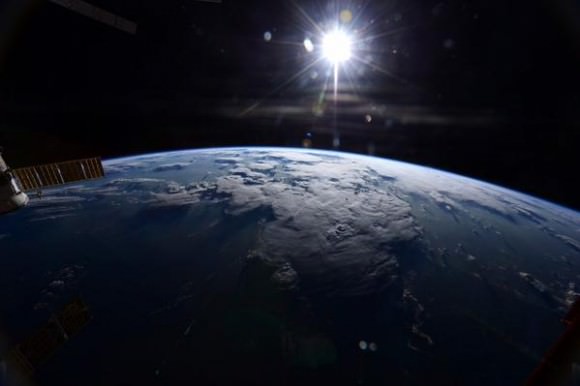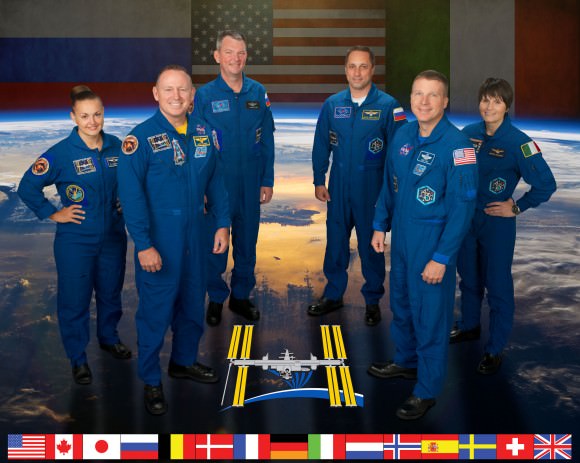SpaceX Falcon 9 rocket and Dragon resupply spaceship explode about 2 minutes after liftoff from Cape Canaveral Air Force Station in Florida on June 28, 2015. Credit: Ken Kremer/kenkremer.com
Story and photos expanded[/caption]
KENNEDY SPACE CENTER, FL – The root cause of Sundays (June 28) devastating launch failure of the commercial SpaceX Falcon 9 rocket is “still unknown” says SpaceX CEO and founder Elon Musk, following the loss of the NASA contracted resupply mission carrying crucial gear and research experiments to the crew serving aboard the Earth orbiting International Space Station (ISS).
Meanwhile, search and recovery teams from SpaceX and the Coast Guard are scouring the ocean and beaches along the Florida Space Coast for any signs of potentially dangerous Falcon rocket debris that rained down from the sky into the Atlantic Ocean after the sudden explosion unexpectedly destroyed the vehicle barely two minutes after a sun drenched liftoff from Space Launch Complex 40 at Cape Canaveral Air Force Station in Florida at 10:21 a.m. EDT.
All appeared normal as the Falcon 9 booster and Dragon resupply spaceship were streaking skywards through majestically blue Florida skies when catastrophe struck at approximately 148 seconds after blastoff and the rocket exploded violently- utterly destroying the rocket ship and its two ton load of critical supplies heading to the astronauts and cosmonauts living on board the ISS.
The upper stage appeared to break up in flight as the nine first stage Merlin 1D engines were firing as planned and the rocket was arcing over.
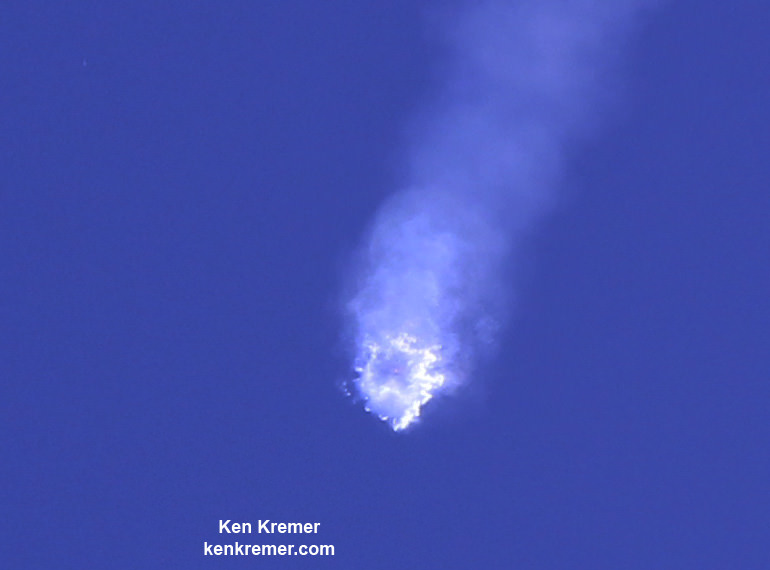
But why that happened and the vehicle disintegrated in mere seconds is still a mystery which will take some time to resolve.
“Cause still unknown after several thousand engineering-hours of review. Now parsing data with a hex editor to recover final milliseconds,” tweeted SpaceX CEO Elon Musk.
Although the cause is unknown, Musk also announced that the failure might be related to a problem with the Falcon 9 upper stage. since the first stage engines were still firing as planned.
“There was an overpressure event in the upper stage liquid oxygen tank. Data suggests counterintuitive cause,” tweeted Musk.
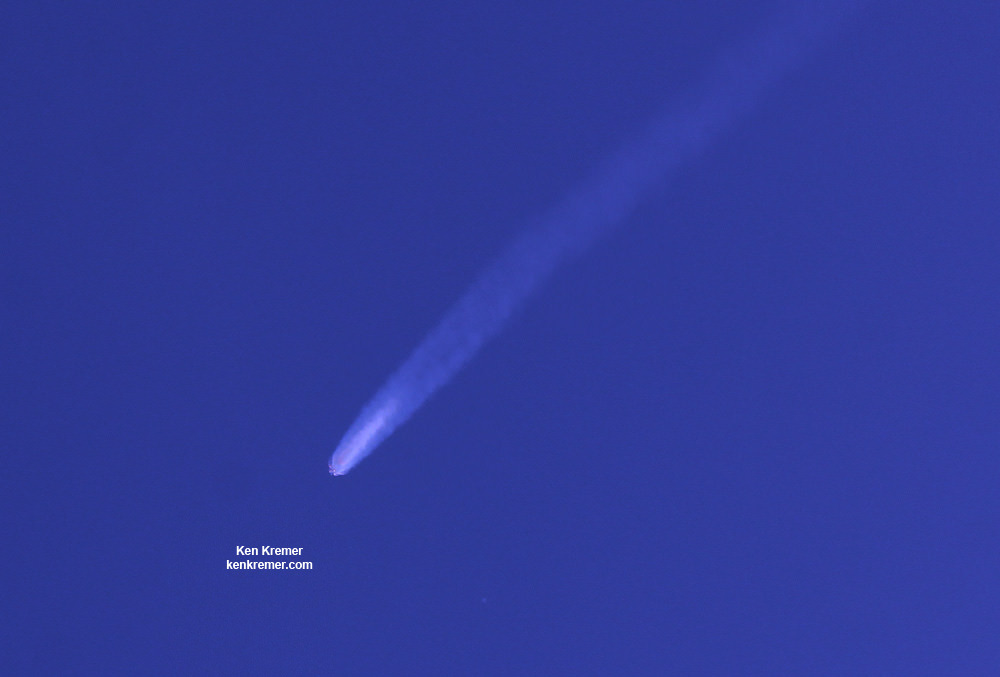
The rocket was traveling about 5000 km/h at an altitude of 45 kilometers at the time of the mishap.
“Falcon 9 experienced a problem shortly before first stage shutdown. Will provide more info as soon as we review the data,” tweeted SpaceX CEO Elon Musk soon after the explosion.
The pressurized section of the Dragon was packed with over 4,000 pounds of research experiments, spare parts, gear, high pressure supply gases, food, water and clothing for the astronaut and cosmonaut crews comprising Expeditions 44 and 45 on the ISS.

Sunday’s launch was the 19th launch of the Falcon 9 rocket and the first failure after 18 straight successes.
SpaceX formed a failure investigation board immediately following the launch failure of the SpaceX Commercial Resupply Services 7 (CRS-7) mission bound for the ISS. The FAA and NASA will assist in the investigation.
The launch was the sixth for SpaceX this year, which had been picking up its launch pace dramatically compared to 2014.
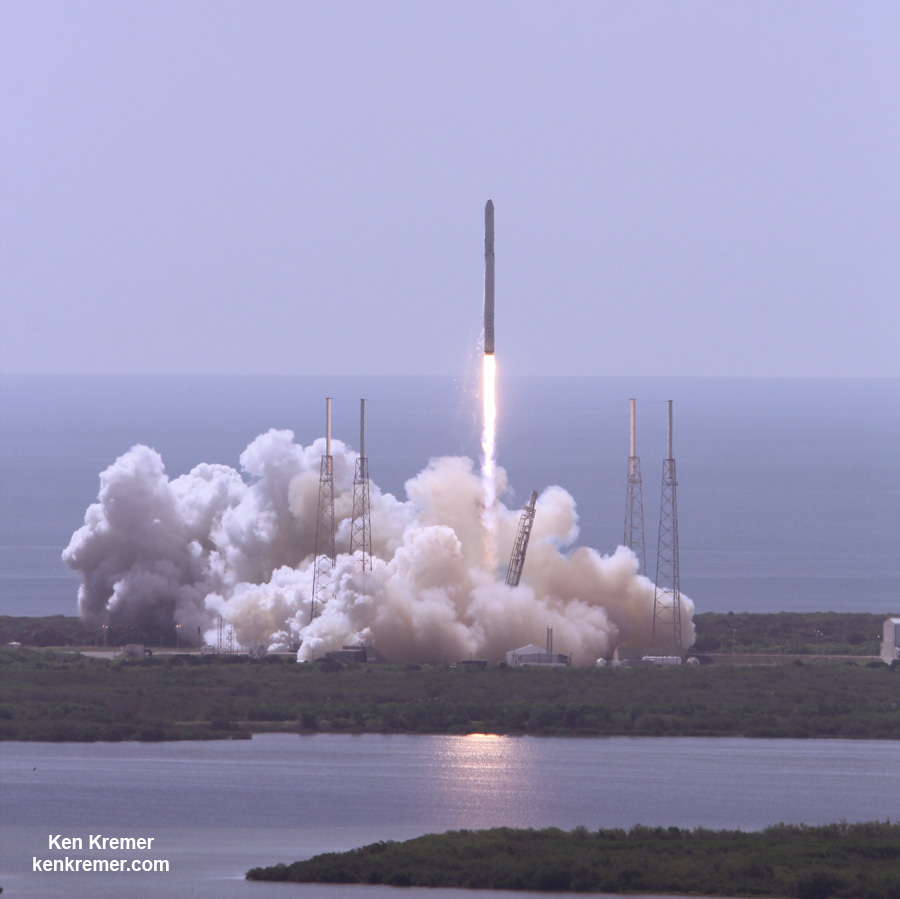
It was the third launch failure of a cargo delivery run to the space station in the past half year -including both American and Russian rockets.
The Orbital Sciences Antares/Cygnus Orb 3 mission exploded in a massive an frightening fireball on October 28, 2014 which I witnessed from the press site from NASA Wallops in Virginia.
The Russian Soyuz/Progress 59 mission failed after the cargo vessel separated from the booster rockets third stage and spun wildly out of control in April 2015 and eventually crashed.
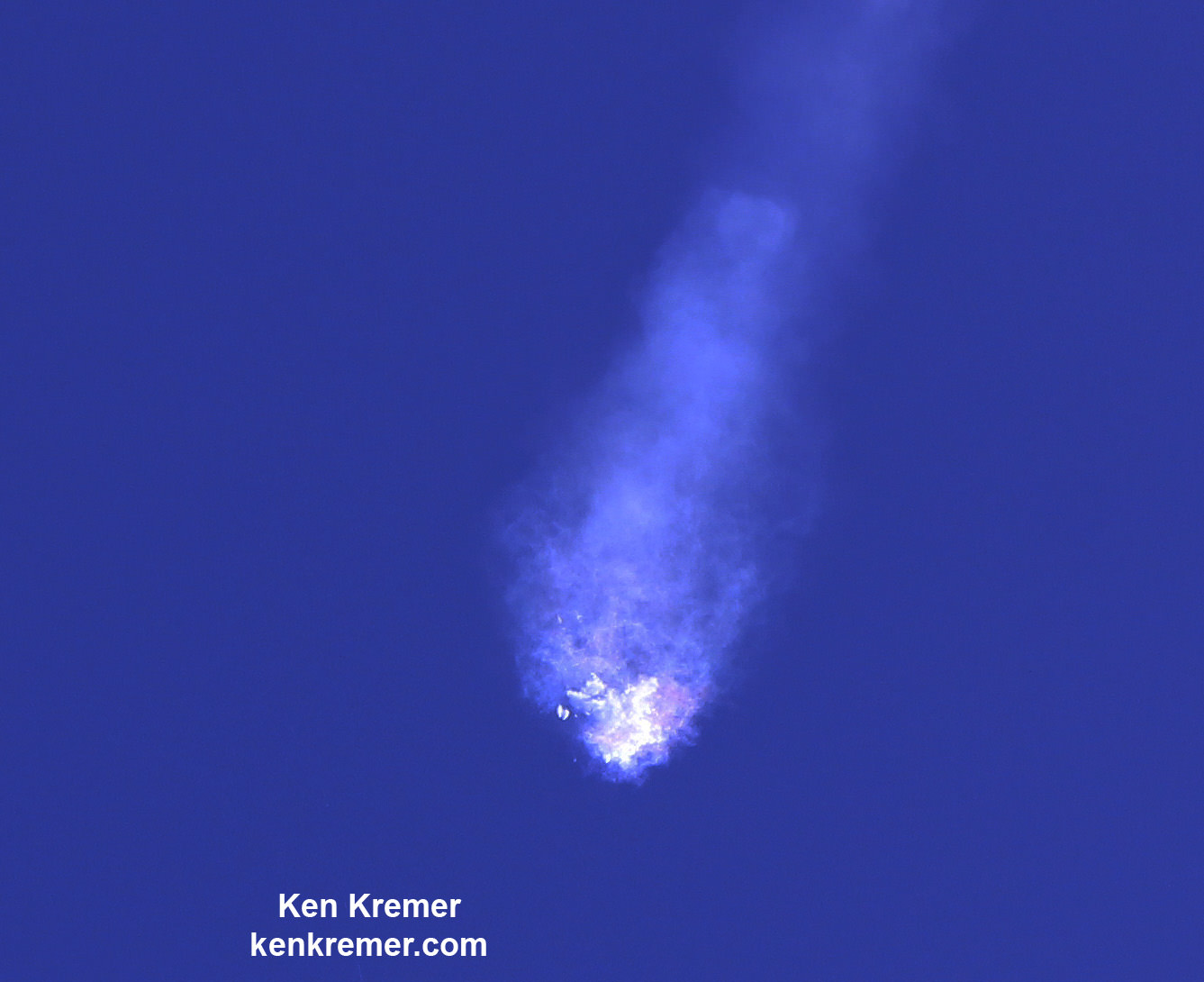
Myself and other members of the media were watching and photographing the SpaceX Falcon 9 launch from atop the iconic Vehicle Assembly Building (VAB) when the launch mishap occurred.
See a galley of my launch failure explosion photos herein.
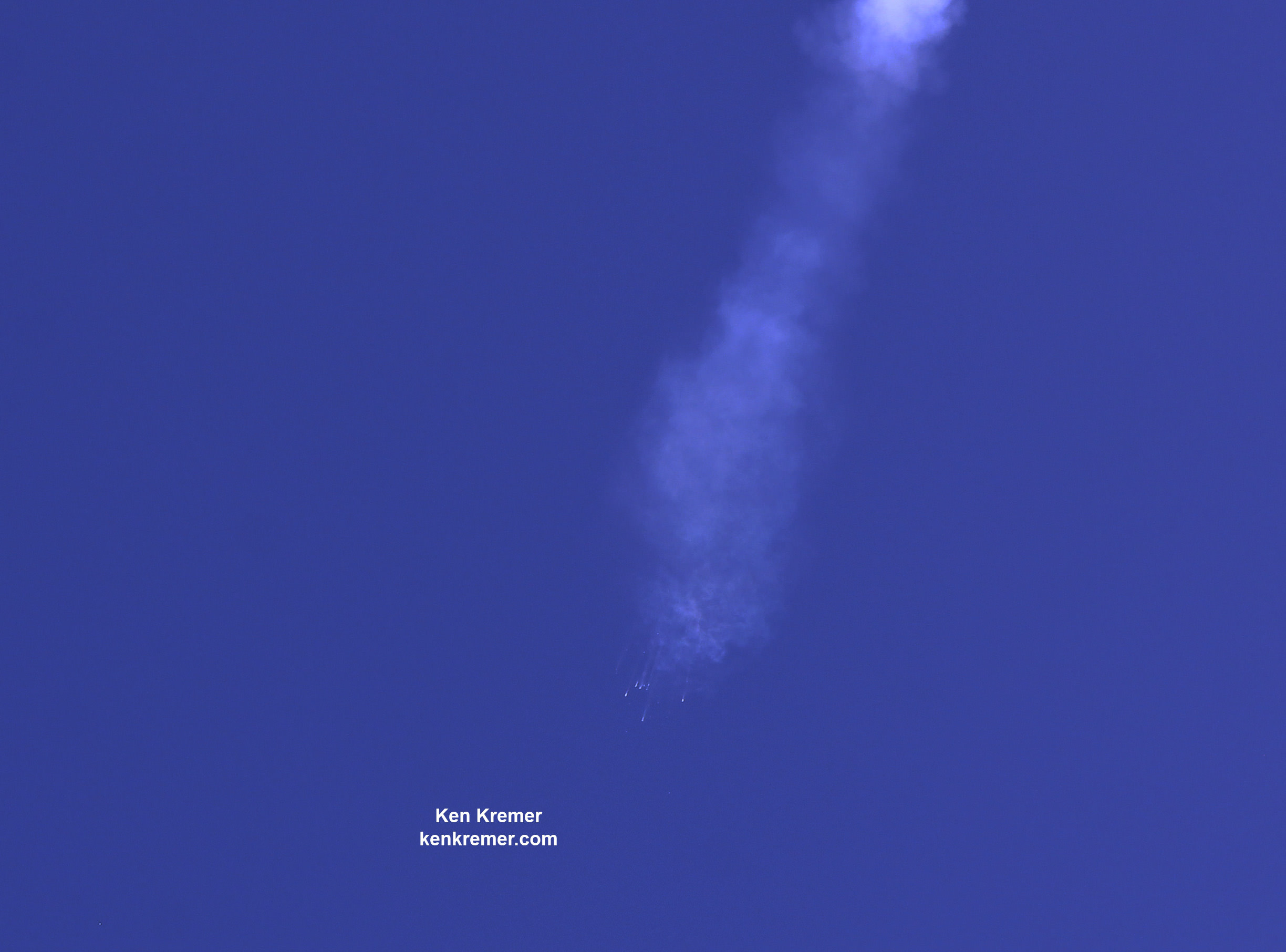
Watch for Ken’s continuing onsite coverage of the CRS-7 launch from the Kennedy Space Center and Cape Canaveral Air Force Station.

Stay tuned here for Ken’s continuing Earth and planetary science and human spaceflight news.

